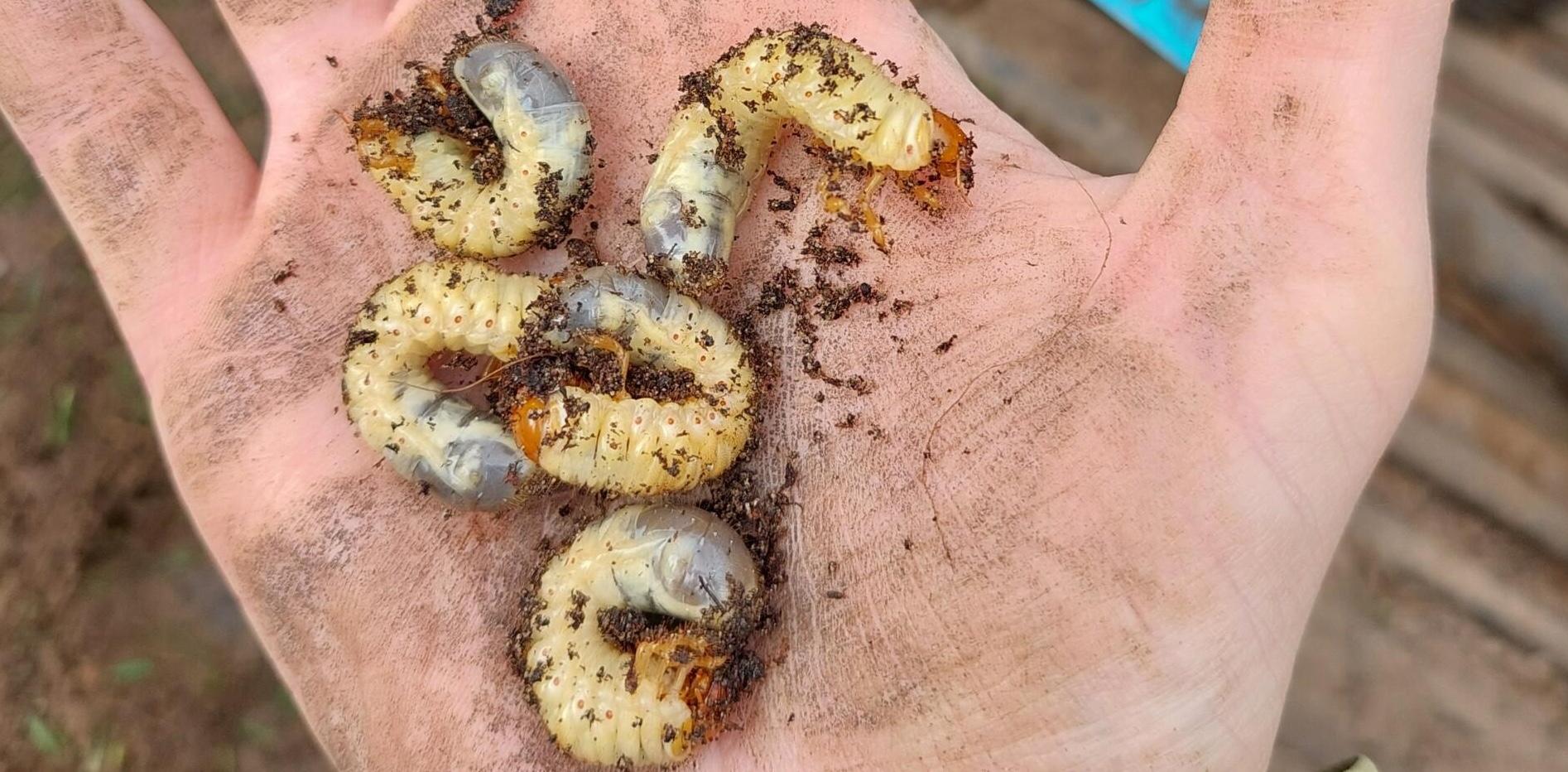As turf management levels increase and golfers return and the Lockdown Trials reach week 7 it's time to draw some conclusions.

Whats the point?
Maybe it's the fact that I had another birthday this week - (thanks for all the kind birthday wishes, What a nice bunch you are) or maybe it's just that I've had a few days off and need to get back to work but I found myself asking "what's the point?" don't worry - everything's fine but as I processed yet another graph showing the evenness of cut I really have begun to question what are we learning from this trial now the greenkeeping world gets up and gets on whilst we keep this trial in a hypothetical lockdown.
This week I've tried to draw a few conclusions
What have we learned? the beginning of some conclusions
Impact of cutting regime

Less mowing = healthier turf at higher heights of cut
One cut a week isn't suffcient to maintain healthy turf at lower heights of cut in periods of growth
How can you reduce growth?
The more Primo you apply the more growth suppresion you get.

GDD applications present some challenges
As you'll be aware we set out three application windows for our applications of PrimoMaxx II to try to establish some differences.
- Every 7 days
- Every 50 Growth Degree Days
- Every 100 Growth Degree Days
We know GDD windows can be tricky to hit so we have built a GDD on our website (see here.........) to try and simplify the process and make it easier to get more out of your Primo applications. So how did the STRI get on trying to hit those windows?
7 Days applications
Great - they haven't missed on - time it for a Friday and consistently apply it then (the spray conditions have been on our side)
50 GDD applications
Whilst aiming for 50 GDD they achieved the following intervals:
- 42 GDD
- 49 GDD
- 76 GDD
100 GDD applications
Whilst aiming for 100 GDD they achieved the following intervals:
- 91 GDD
- 95 GDD
This highlights the challenge, looking for spray dates that work with GDD is tricky - it generally falls on a :
- Weekend
- Day when you have a shotgun start
- The day your sprayer operator is sick
- The day your sprayer breaks down
- It's too windy
- Its raining
So seeing the hassle and challenges involved in hitting a GDD window - what are the benefits?
The benefits of using GDD
Outside of the benefits of using Primo I set out to prove the benefits of using GDD - and I think we're starting to see it.
When you start regulating the growth of a putting surface you begin to present yourself with some challenges. Unintentionally you can over regulate during periods of low growth and sneak into additional growth from a rebound effect during periods of high temperature.
This can lead you to believe Primo is giving you inconsitent suppresion and means your management program (feed, cutting regime, etc) can begin overreacting to a situation you have unwittingly created yourself.
When using Primo on a putting surface I believ the objective should be to achieve as consitent a level of suppression as you can throughout the season. The below tables are begining to show exactly that.

Whilst the 7 day applications give us the most suppression thay also give us the widest variance of 30% - meaning managing a putting surface gains another layer of complexity.

Using 50 GDD application windows has reduced that with 25% variance - and since these applications have been around half as regular as the 7 days we wouldn't expect to see a difference. Perhaps if the last application had been closer to 50 GDD rather than 76 GDD then that would have been smoother?

The 100 GDD intervals show the lowest at 21% variance. Which for me is the objective - Using Primo on a putting surface should be about achieveing consistent growth suppression and I suspect if we had a 130 to 150 GDD application then that would be our most consistent of them all.
So - What have we learned?
If you're using Primo to purely surpress growth then apply as often as you wish knowing the suppresion is less likely to be consitent.
If you're using Primo to help manage a putting surface - GDD models will give you a more consitent result.





